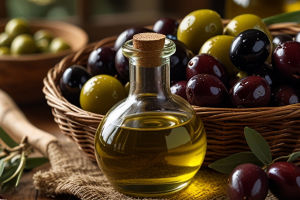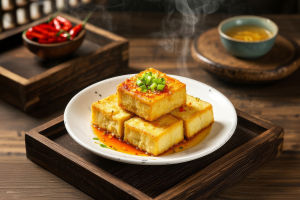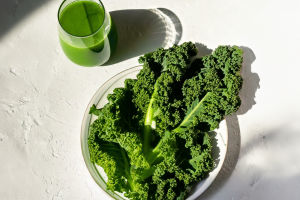If you're anything like us, you can never resist a slice of rich, creamy cheesecake. But did you know that cheesecakes aren't all created equal around the world?
In fact, different countries have developed their own unique versions of this beloved dessert — each with its own texture, flavor, and story. Today, we'll take you on a global cheesecake tour so you can understand what sets each one apart. Ready to dig in?
New York Cheesecake: Rich and Dense
Let's start in the United States with the iconic New York cheesecake. We often hear people say this is the most indulgent version. Why? It uses lots of cream cheese, eggs, sugar, and heavy cream, which gives it a super rich, dense texture.
The base is usually made with crushed graham crackers and butter. New York cheesecake is baked at a low temperature and often served plain or with a light fruit topping, allowing the cheese flavor to shine through. When we take a bite, it feels like eating a smooth, velvety dream.
Japanese Cheesecake: Light as Air
Next, we hop over to Japan. Japanese cheesecake, also called "soufflé cheesecake," is the exact opposite of the New York style. Here, we get a fluffy, jiggly dessert that almost melts in the mouth.
How do they achieve this texture? The secret lies in folding whipped egg whites into the batter, giving it a souffle-like quality. It is also less sweet and lighter in flavor, making it perfect for those who enjoy a delicate treat.
Italian Ricotta Cheesecake: A Rustic Classic
Now let's visit Italy. Italian cheesecakes traditionally use ricotta cheese instead of cream cheese. This creates a lighter and slightly grainy texture, which gives the dessert a rustic charm.
We often find this version flavored with lemon zest, vanilla, or even a touch of citrus drinks. It is typically baked without a crust or with a thin pastry base. The result? A cheesecake that feels homely and refreshing, perfect after a hearty Italian meal.
German Käsekuchen: Quark Magic
Heading to Germany, we meet Käsekuchen, which literally means "cheese cake" in German. The star ingredient here is quark — a soft, fresh cheese that is lower in lipids than cream cheese.
German cheesecakes tend to be lighter, with a slightly tangy flavor. They are often baked on a shortcrust pastry base and may include raisins or other small fruits. We love how it balances creaminess with a refreshing, clean taste.
French Cheesecake: No-Bake Elegance
In France, many cheesecakes are prepared as gâteau au fromage, often served chilled rather than baked. This style usually involves blending cream cheese or mascarpone with whipped cream and setting it in the fridge.
The French prefer a refined, silky texture, and often pair their cheesecake with berries or a light glaze. It's perfect for an elegant afternoon tea.
Polish Sernik: A Family Favorite
In Poland, we discover sernik — one of the country's most beloved desserts. It uses twaróg, a type of curd cheese similar to quark.
Polish cheesecake can be dense or light depending on the recipe. It often features a shortcrust or sponge base and is sometimes topped with chocolate glaze or a crumble. Sernik is a staple for family celebrations and holidays. We always find it comforting and full of tradition.
Comparing Textures and Flavors
To sum up, here's how the major styles differ:
• New York: dense, rich, creamy
• Japanese: light, fluffy, airy
• Italian: rustic, lemony, slightly grainy
• German: light, tangy, clean
• French: silky, refined, no-bake
• Polish: traditional, varied textures, comforting
As we can see, cheesecake is a truly versatile dessert that reflects the culinary culture of each country.
Why Do These Differences Exist?
You might wonder — why are there so many types of cheesecake? Well, it all comes down to local ingredients, baking traditions, and cultural preferences.
For example, the US had access to mass-produced cream cheese, which led to the rich New York style. In Europe, traditional cheeses like quark, ricotta, or twaróg shaped their local versions. In Japan, a love for delicate textures inspired their souffle-like cheesecake.
Which One Will You Try Next?
Now that we've explored cheesecake around the world, we can't help but wonder — which one will you try next? Will it be the creamy American classic or the light and airy Japanese version?
We hope this little cheesecake journey inspires you to taste and even bake some of these global favorites. And of course, we'd love to hear from you, Lykkers — what's your favorite cheesecake? Let's share tips and ideas in the comments!


